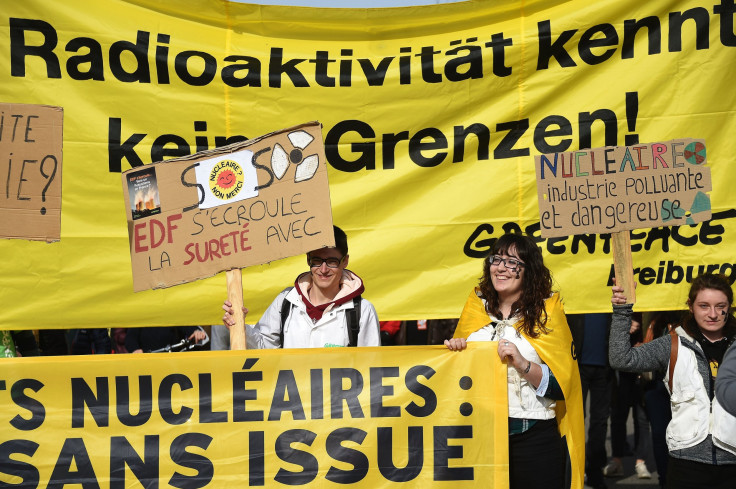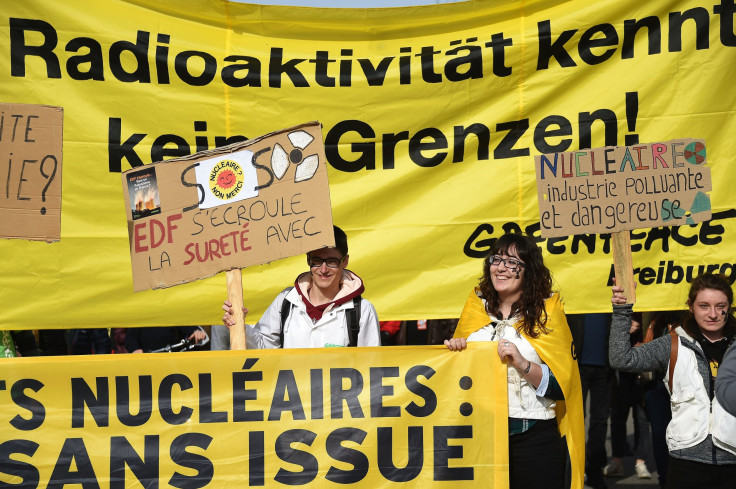Fukushima Nuclear Radiation Causing More Cases Of Thyroid Cancer

Seven more people who lived in Fukushima, Japan at the time of the nuclear disaster in 2011 were diagnosed with thyroid cancer, the government announced Monday. With the additional cases, the number of residents who lived in the prefecture at the time of the accident who were diagnosed with thyroid cancer reached 152.
The prefectural government, however, has remained adamant that the cancer cases were not directly linked to the nuclear accident and ensuing radiation.
Read: Nuclear Radiation At Fukushima Caused Thyroid Cancer In 4-Year-Old
“It’s hard to think there is any relationship [with radiation],” Hokuto Hoshi, a medical doctor who leads a Fukushima committee that screens adolescents for thyroid cancer, told reports in 2016.

The seven new diagnoses came from a round of checkups that began in May, conducted by the prefectural government. It was the government’s third set of checkups since the 2011 meltdown. While officials maintained the cases are unrelated to the nuclear disaster, some residents and experts fought back against that conclusion.
After the government-run Fukushima Medical University denied that any child under the age of five had developed thyroid cancer, the 3.11 Children’s Fund for Thyroid Cancer audited medical receipts to prove otherwise. The university repeatedly denied that it had treated anyone under the age of five there for cancer, but the fund found that a 4-year-old boy had an operation at the facility to remove his thyroid gland.
And despite the government’s denials, thyroid cancer is known to be caused by radioactive iodine released during nuclear accidents like the one at the Fukushima Daiichi power plant. A report issued by the World Health Organization in the wake of the accident listed cancer as a possible result of the meltdown. In addition, a study published in 2015 in the scientific journal Epidemiology suggested that children who were exposed to radiation in Fukushima at the time of the meltdown were likely to develop thyroid cancer more frequently.
Six years after the accident, as more cancer cases have been revealed, the prefectural government is still rebuilding the area around the defunct power plant. The 2011 accident left a 310 square mile uninhabitable zone as 160,000 residents were evacuated from nearby regions. Officials began welcoming residents back to certain towns in April, though it’s unclear just how many chose to return. More than half of the residents of a certain nearby town said they would not return to their homes even after evacuation orders were lifted, according to a government survey in 2016.
Read: Watch Drone Footage Of Fukushima’s Rebuilding Process
And radiation, in some places, is still a problem. Officials from Tokyo Electric Power Company (TEPCO), the company responsible for cleaning the plant, announced in February they were having difficulty locating nuclear fuel debris inside one of the reactors. The debris caused radiation inside the plant to skyrocket, spurring a number of problems with the cleanup process. In April, however, the company announced that cleanup workers at the plant were able to wear regular uniforms at about 95 percent of the site, instead of the heavy duty radiation suits they previously had to don.

© Copyright IBTimes 2024. All rights reserved.





















